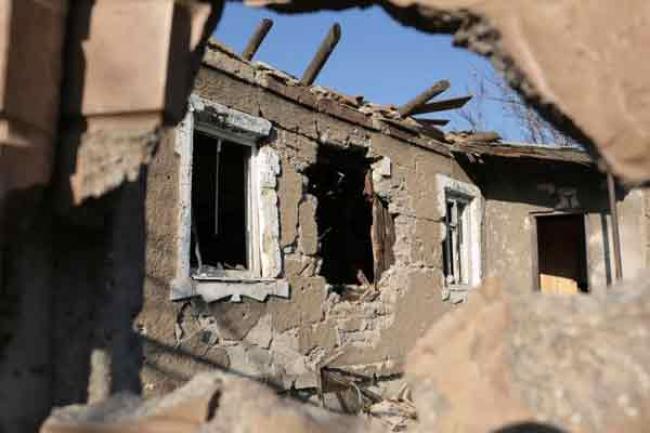Just Earth News 10 Mar 2017

Daniel Gerstle/IRIN
“Battles are now being fought in cities, close to industrial centres, with factories increasingly becoming at risk of being hit: the consequences for anyone living close-by would be severe,” said Baskut Tuncak, the UN Special Rapporteur on human rights and hazardous substances and wastes.
Most of Ukraine's industrial facilities are located in the eastern part of the country. These include heavy industrial infrastructures operating in the mining, metallurgical, chemical and power sectors.
“The presence of a range of explosive and toxic substances at these sites is a source of serious concern,” according to the press release from the Office of the High Commissioner for Human Rights (OHCHR).
As an example, on 24 February, a shell hit a building housing more than 7,000 kg of chlorine gas. While no damage was reported damage to just one fraction of the containers would have killed anyone within 200 meters and severely impact the health of anyone within 2.4 km, according to experts cited by OHCHR.
The Office for the Coordination of Humanitarian Affairs (OCHA) has also voiced concern about potential impact to the health of residents. According to information cited in the press release, OCHA and humanitarian partners have called for demilitarizing the areas adjacent to civilian infrastructure and for essential safety equipment to be stored at facilities out of the reach of the government.
UN human rights experts are part of what it is known as the Special Procedures of the Human Rights Council, the general name of the independent fact-finding and monitoring mechanisms that address either specific country situations or thematic issues in all parts of the world. The experts work on a voluntary basis; they are not UN staff and do not receive a salary for their work.